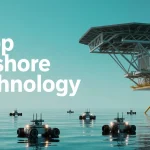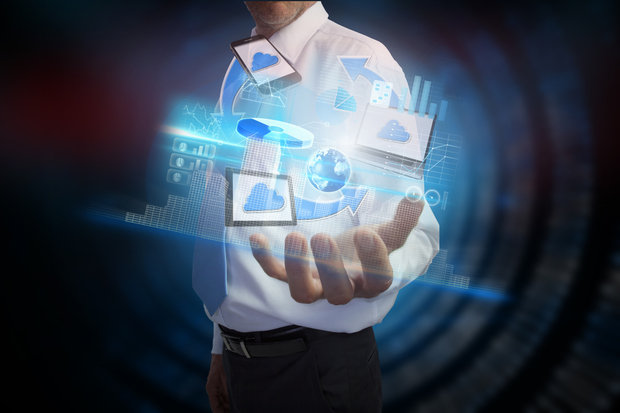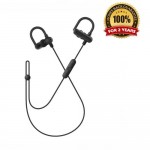
How Do RFID Solutions Help You?
April 15, 2024
A radio frequency identification device (RFID tag or transponder) can be used to store and retrieve data remotely. Using radio waves, RFID labels can identify a product, animal, or person. Some tags are powered by magnetic fields produced near the reader. RFID tags can be applied to or incorporated into a product, animal, or person.

Some types provide short-range radio communication to enable a respondent to transmit information back to the inquirer. This technology was first used by the military for tracking enemy targets and equipment. Today, it is used in many industries like retail for tracking inventory items, transportation for tracking shipments, hospitals for tracking medical equipment, automobiles for identifying individuals in need of help in accidents, and toll booths for automatic payment systems.
There are three key components of an RFID system:
- An antenna or coil
- A transceiver (with decoder)
- A transponder (RF tag) electronically programmed with unique information
Benefits of RFID
RFID offers several advantages over other methods of item identification, such as barcoding. Barcode scanners have to be within one inch of the label to read it, whereas RFID scanners can read from a distance up to 20 feet away.
RFID provides a number of benefits for organizations in a variety of industries. These include:
Eliminate manual data entry – RFID tags can be read from great distances, eliminating the need for personnel to manually scan individual barcodes.
Accurate identification and tracking – RFID tags can be read through non-metallic materials, such as clothing and plastic, making it an ideal solution for item-level identification and tracking.
Minimize human error – Because RFID tags are automatically read without contact or line-of-sight, human error is minimized.
Increase scanning rates – Multiple RFID tags can be read simultaneously, increasing scanning rates and reducing costs.
Reduce shrinkage – With real-time locating systems (RTLS), organizations can accurately track assets, vehicles, and personnel to improve efficiency and reduce theft.

Darin is a wonderful person. He is very nice and always willing to help out! He loves his job because it lets him share interesting things with people who want to know about new developments in the world of technology.























